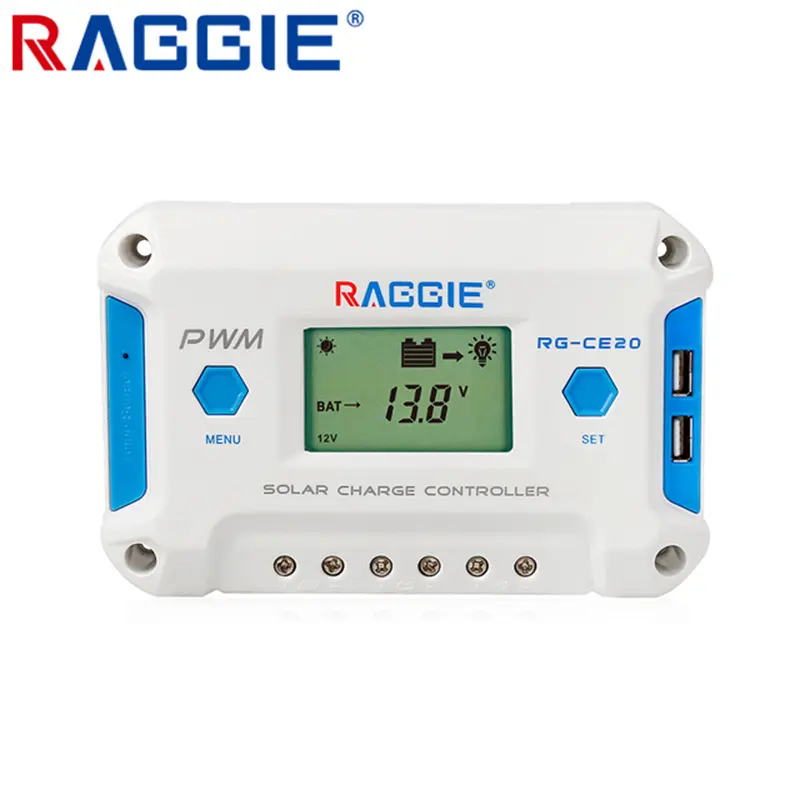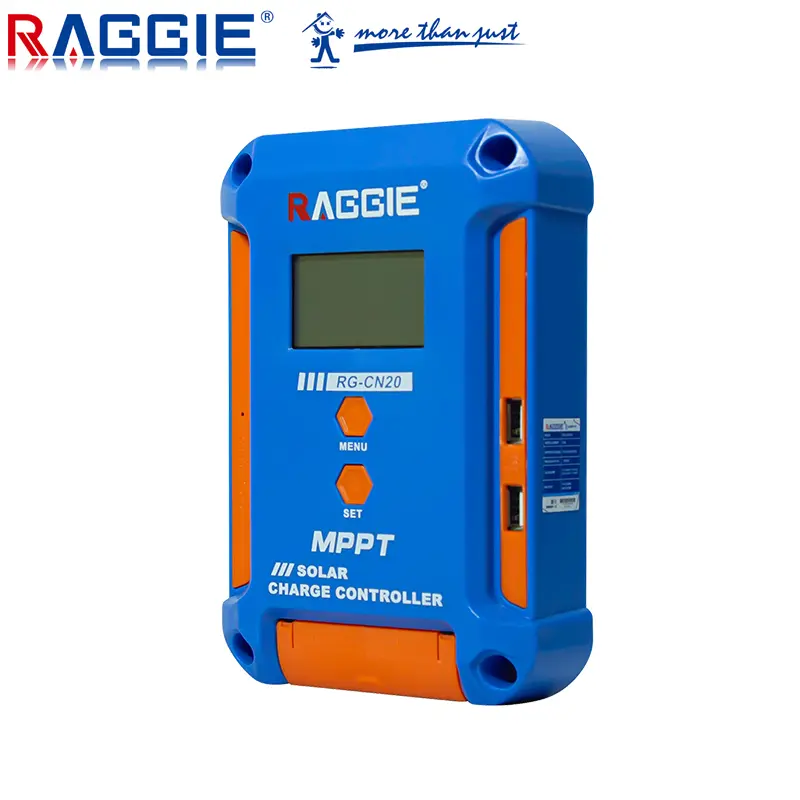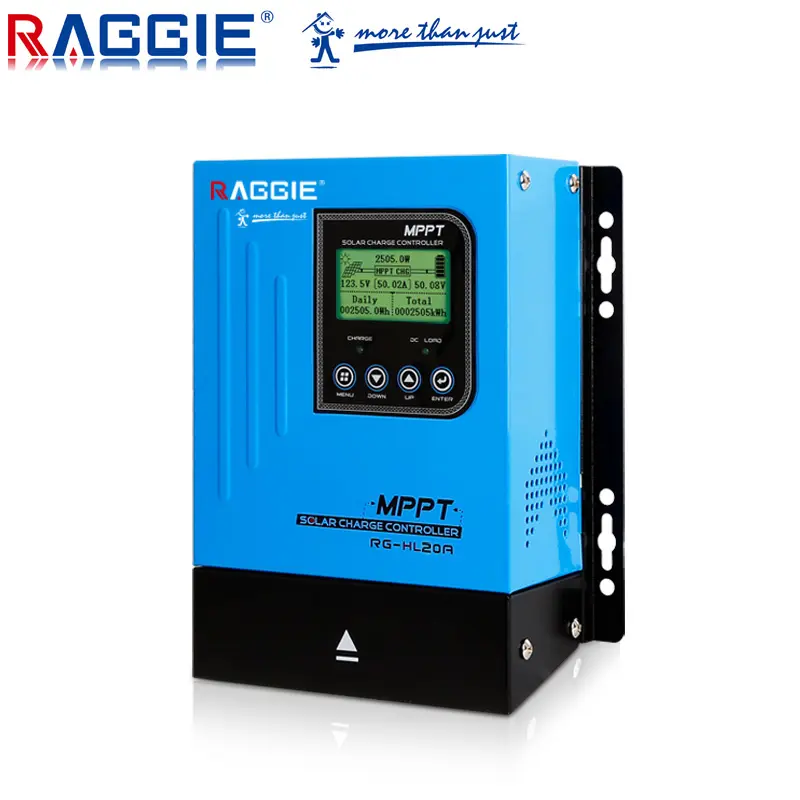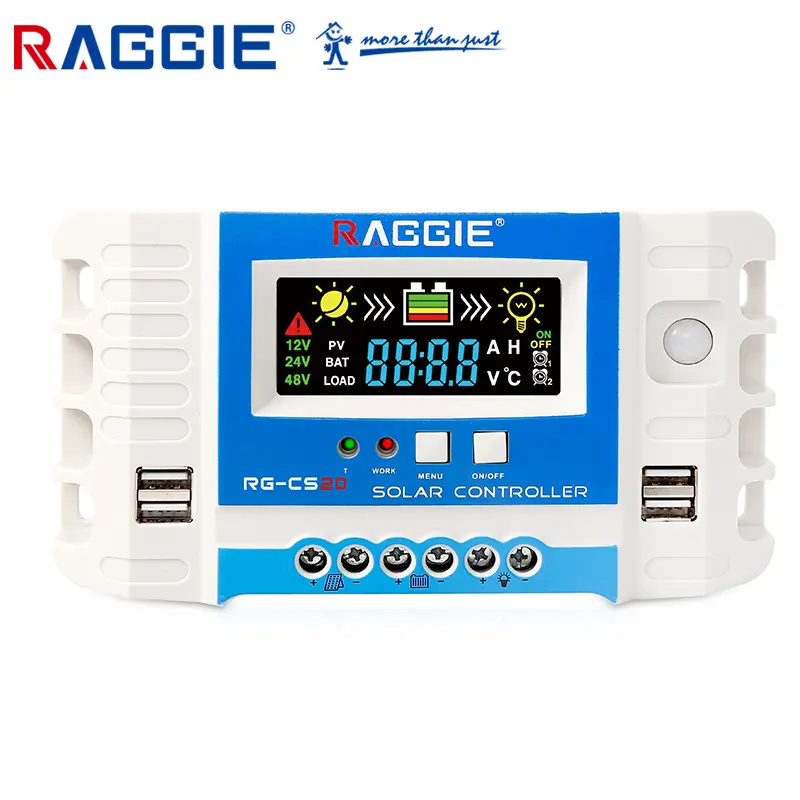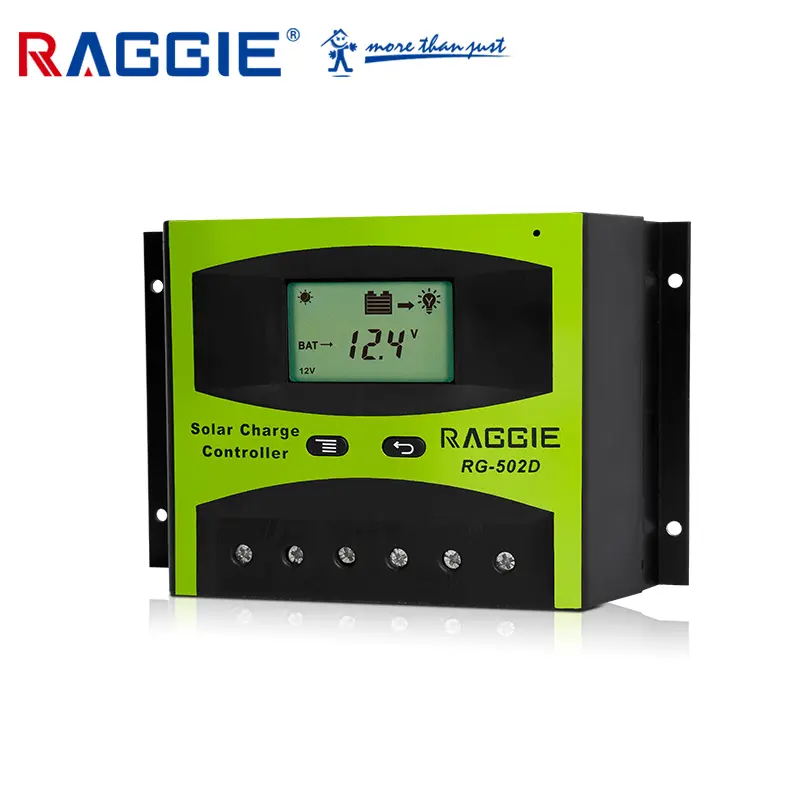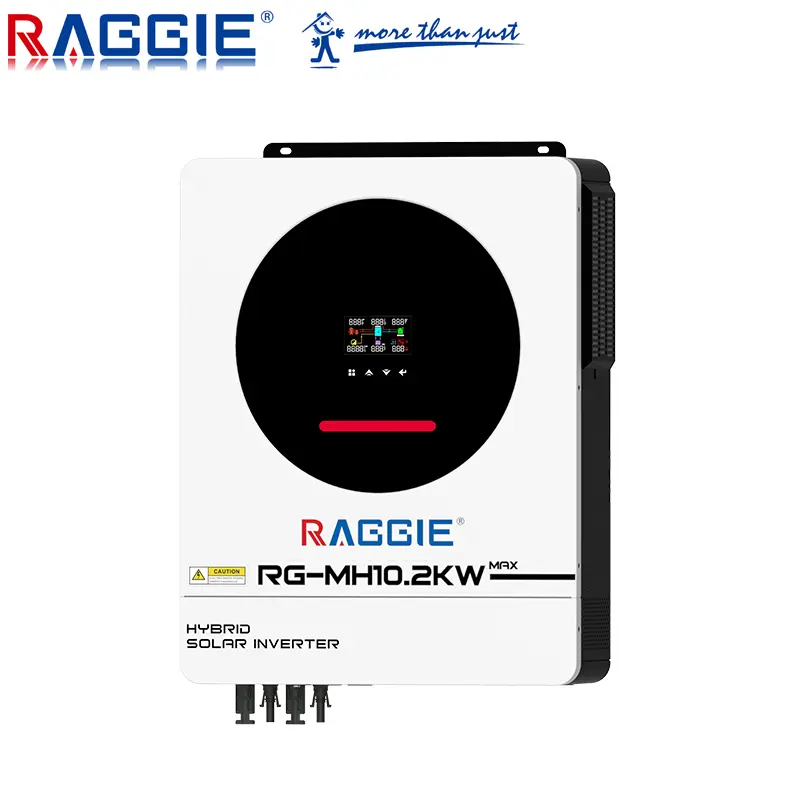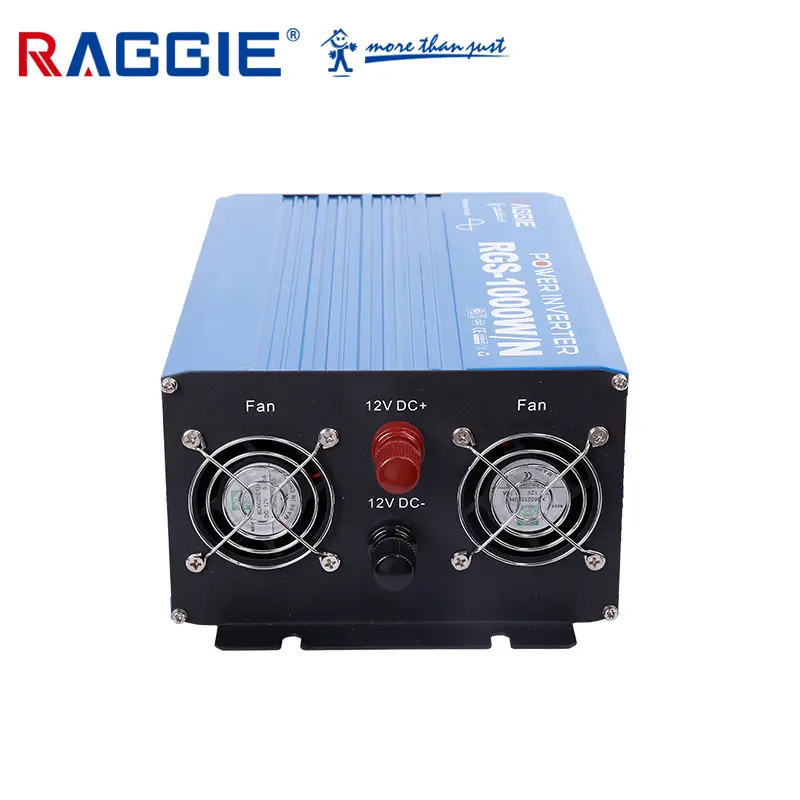How to improve the efficiency and power generation of photovoltaic inverters?
The Importance of Photovoltaic Inverter Conversion Efficiency
It is very important to improve the conversion efficiency of photovoltaic inverters. For example, if we increase the conversion efficiency by 1%, a 500KW inverter can generate nearly 20 more kilowatt hours of electricity every day for an average of 4 hours. It can generate nearly 7,300 more kilowatt-hours of electricity per year, and 73,000 more kilowatt-hours of electricity in ten years, which is equivalent to the power generation of a 5KW inverter. In this way, customers can save a power station with a 5KW inverter, so in order to improve customers' In the best interest, we need to increase the conversion efficiency of the inverter as much as possible.

Factors affecting photovoltaic inverter efficiency
The only way to improve the efficiency of the inverter is to reduce losses. The main losses of the inverter come from power switching tubes such as IGBT and MOSFET, as well as magnetic devices such as transformers and inductors. The losses are related to the current and voltage of the components and the process of the selected materials. There are relationships. The losses of IGBT are mainly conduction loss and switching loss. The conduction loss is related to the internal resistance of the device and the passing current. The switching loss is related to the switching frequency of the device and the DC voltage that the device withstands.
The losses of the inductor mainly include copper loss and iron loss. Copper loss refers to the loss caused by the resistance of the inductor coil. When the current passes through the coil resistance and heats up, part of the electrical energy will be converted into heat energy and be lost. Since the coil is generally made of insulated copper wire It is wound, so it is called copper loss. Copper loss can be calculated by measuring the short circuit impedance of the transformer. Iron loss includes two aspects: one is hysteresis loss and the other is eddy current loss. Iron loss can be calculated by measuring the no-load current of the transformer.
How to improve the efficiency of photovoltaic inverter?
There are currently three technical routes: one is to use control methods such as space vector pulse width modulation to reduce losses; the other is to use silicon carbide material components to reduce the internal resistance of power devices; the third is to use three-level, five-level and other multi-level Flat electrical topology and soft switching technology reduce the voltage across the power device and reduce the switching frequency of the power device.
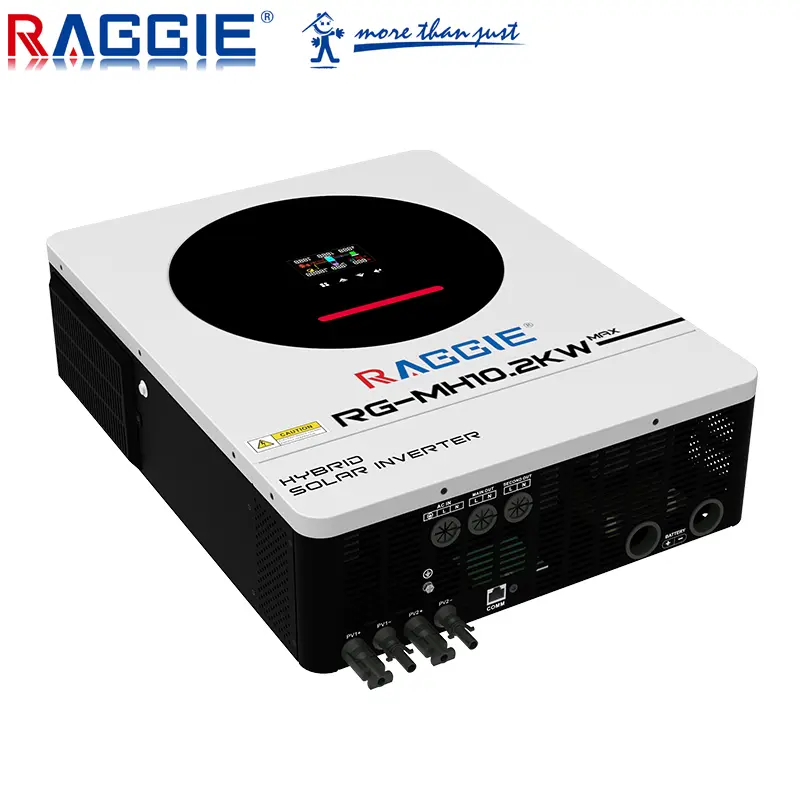
1. Voltage space vector pulse width modulation
It is a fully digital control method with the advantages of high DC voltage utilization and easy control, and is widely used in inverters. The DC voltage utilization rate is high, and a lower DC bus voltage can be used under the same output voltage, thereby reducing the voltage stress of the power switching device, the switching loss on the device is smaller, and the conversion efficiency of the inverter is improved to a certain extent. improvement. In space vector synthesis, there are a variety of vector sequence combination methods. Through different combinations and sequencing, the effect of reducing the number of switching times of power devices can be obtained, thereby further reducing the switching losses of the inverter power devices.
2. Components using silicon carbide materials
The resistance per unit area of silicon carbide devices is only one percent of that of silicon devices. The on-state resistance of power devices such as IGBTs made of silicon carbide materials is reduced to one-tenth that of ordinary silicon devices. Silicon carbide technology can effectively reduce The reverse recovery current of the diode is small, which can reduce the switching losses on the power device, and the current capacity required by the main switch can also be reduced accordingly. Therefore, using silicon carbide diodes as the anti-parallel diodes of the main switch is the best way to improve the efficiency of the inverter. way. Compared with traditional fast-recovery silicon anti-parallel diodes, after using silicon carbide anti-parallel diodes, the diode reverse recovery current is significantly reduced and the overall conversion efficiency can be improved by 1%. After using fast IGBT, the switching speed is accelerated and the conversion efficiency of the whole machine can be improved by 2%. When SiC anti-parallel diodes are combined with fast IGBTs, the efficiency of the inverter will be further improved.
3. Soft switching and multi-level technology
Soft switching technology uses the principle of resonance to make the current or voltage in the switching device change sinusoidally or quasi-sinusoidally. When the current naturally crosses zero, the device is turned off; when the voltage naturally crosses zero, the device is turned on. This reduces switching losses and greatly solves problems such as inductive turn-off and capacitive turn-on. When the voltage across the switch tube or the current flowing through the switch tube is zero, it is turned on or off, so that there is no switching loss in the switch tube. Compared with the traditional two-level structure, the output of the three-level inverter increases the zero level, and the voltage stress of the power device is halved. Because of this advantage, at the same switching frequency, the inverter can use a smaller output filter inductor than the two-level structure, and the inductor loss, cost and volume can be effectively reduced; and at the same output harmonic content, The inverter can use a lower switching frequency than the two-level structure, the device switching loss is smaller, and the conversion efficiency of the inverter is improved.



